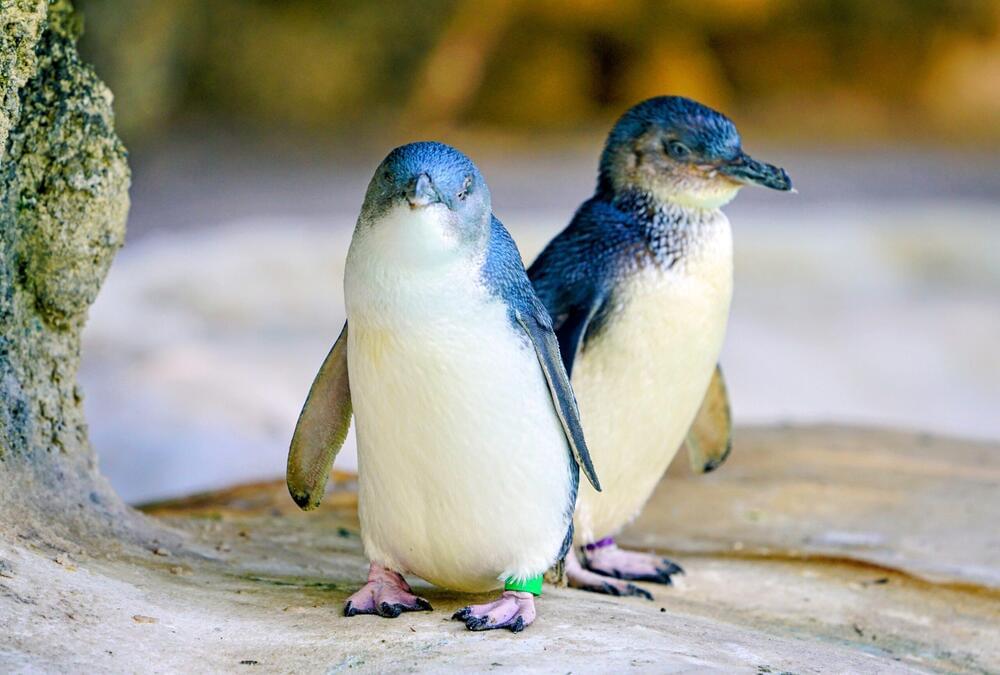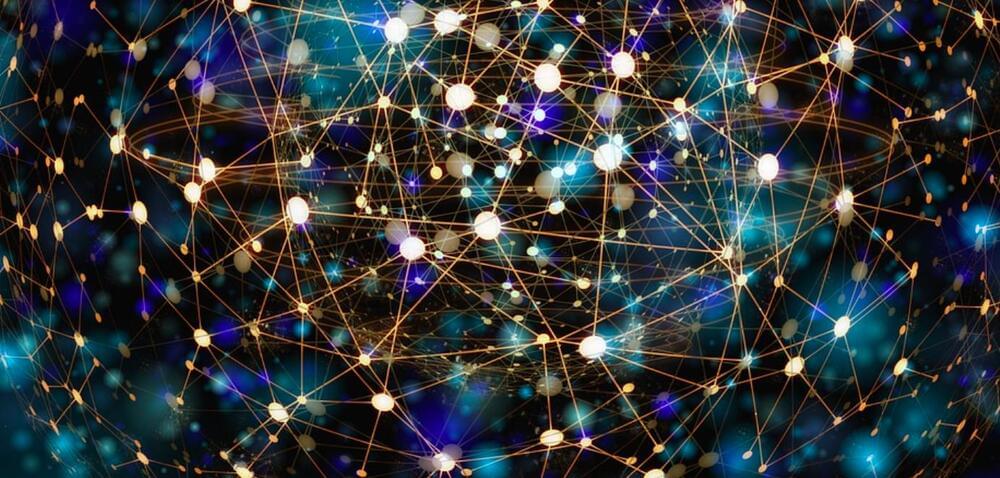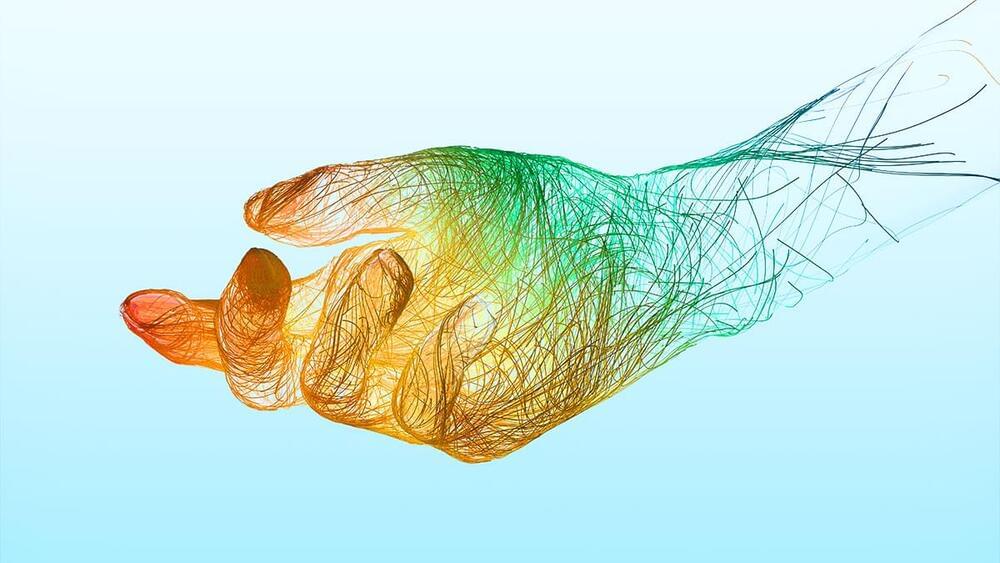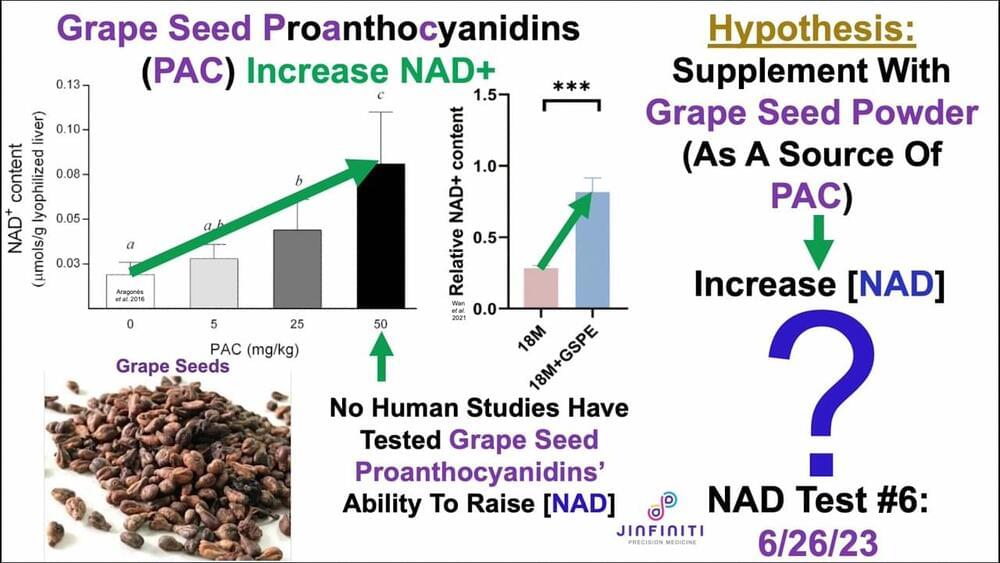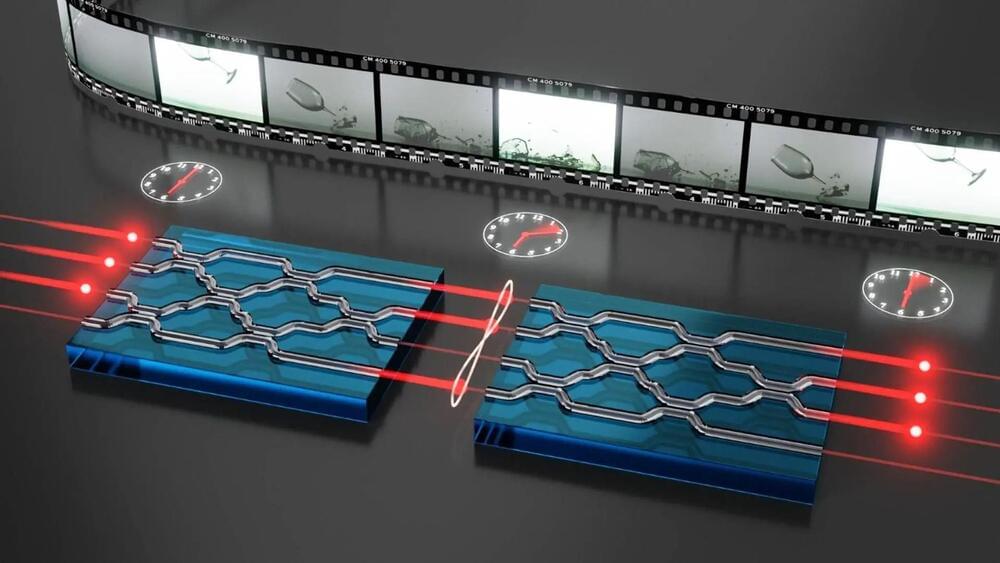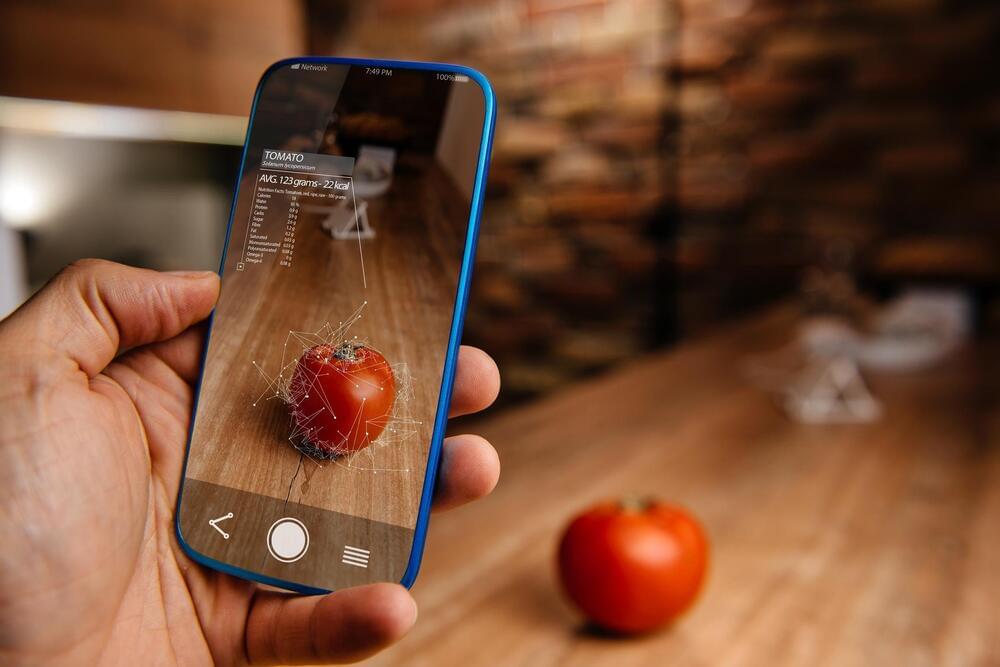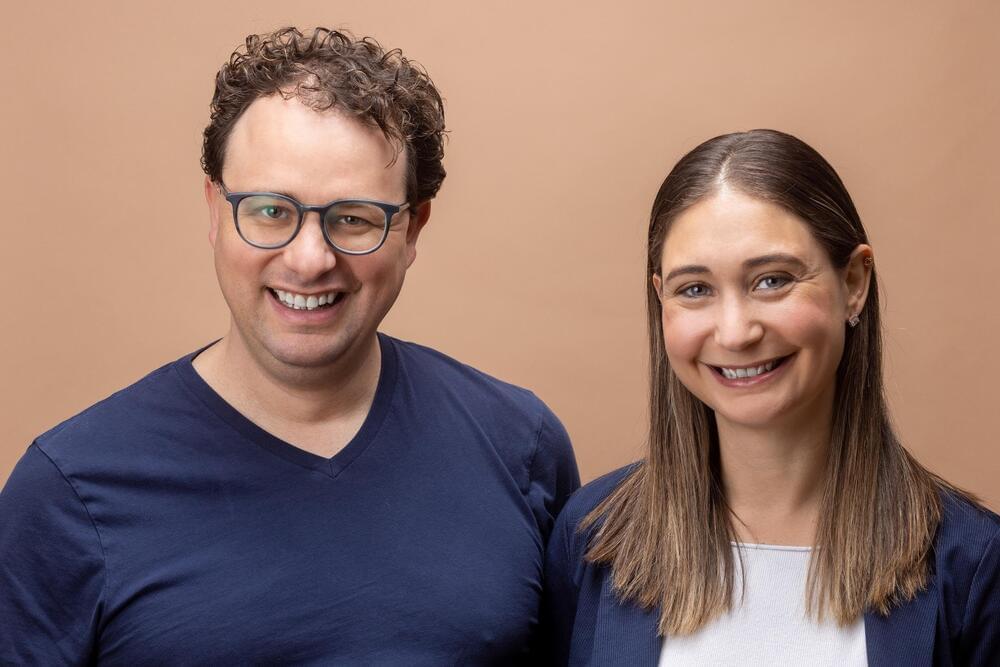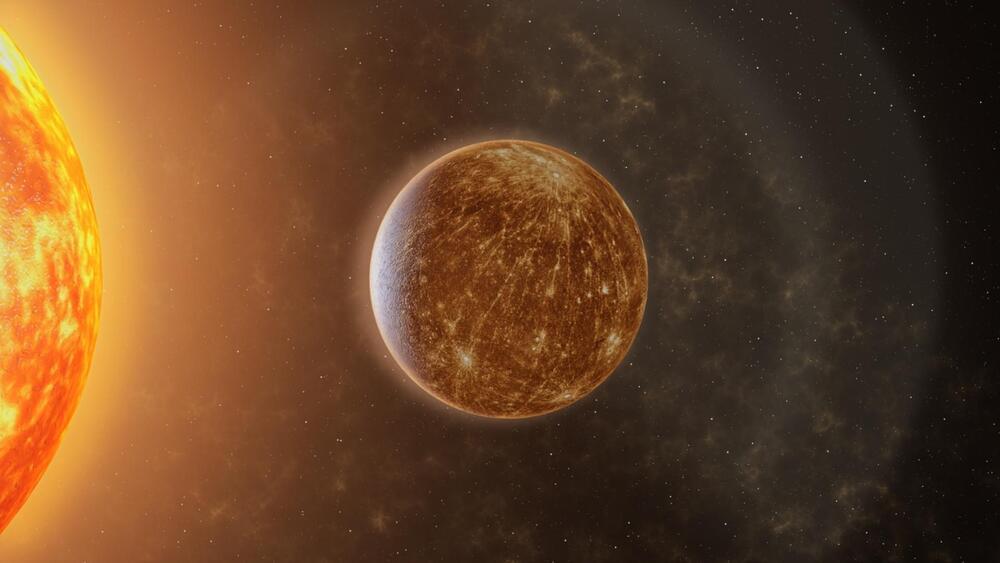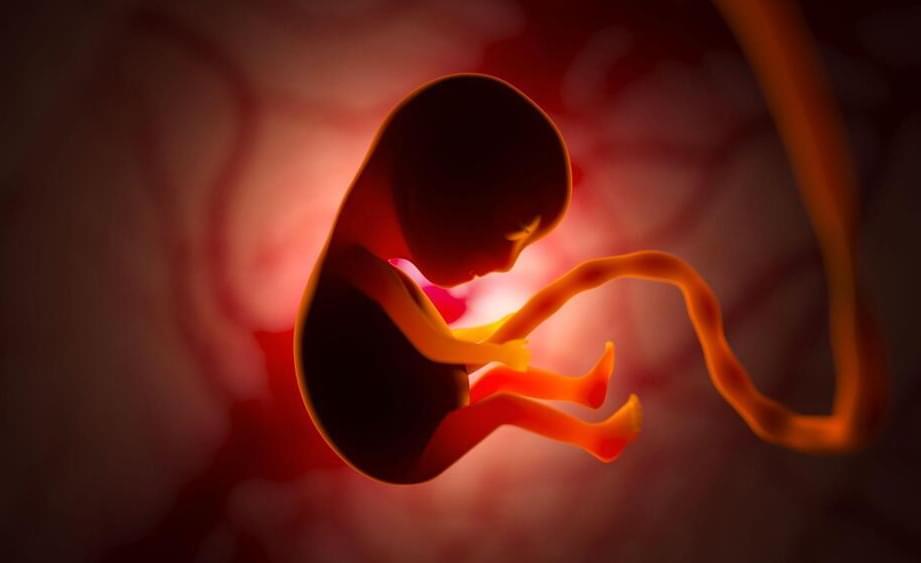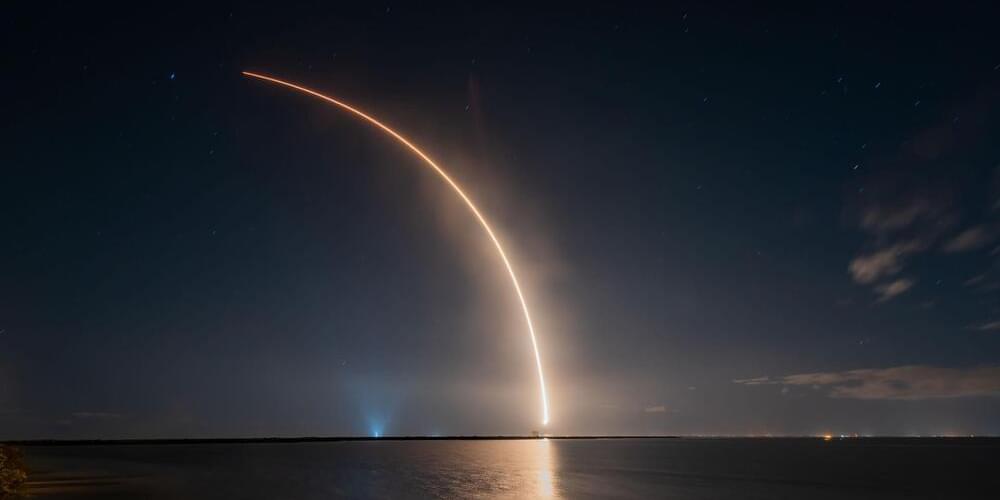Jul 11, 2023
Little penguins that once lived in New Zealand were ridiculously cute
Posted by Shubham Ghosh Roy in category: futurism
In a groundbreaking discovery, scientists have identified a new extinct species of small penguins that lived in New Zealand three million years ago. These creatures, described as “ridiculously cute,” are ancestors of little penguins that continue to thrive today along the coasts of Australia, Tasmania, and New Zealand.
After careful examination of two fossilized skulls – one belonging to an adult, the other to a juvenile – the researchers named the new species Wilson’s little penguin. The study was published last month in the Journal of Paleontology.
According to Bob Yirka of Phys.org, the newly discovered species represents the oldest-known extinct little penguin. Given that the researchers have only the skulls of the extinct animals at their disposal – not their entire skeletons – certain details about the Wilson’s little penguins remain uncertain.
